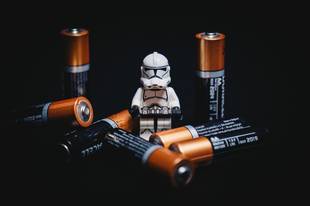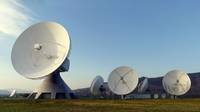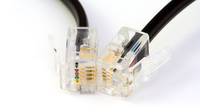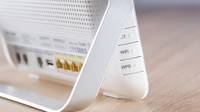
Batteries, or dry cells, operate by connecting, through a circuit, a material that wants to donate electrons to another material that lacks electrons. These are called a reducer or reducing agent and an oxidizer or oxidizing agent, respectively. The process is one of many oxidation-reduction reactions that include the rushing of iron and the bleaching of clothing.
When an oxidizer and a reducer meet, as in batteries, chemical reactions occur in both and electrons are transferred. The electron transfer creates a direct current (DC). In typical batteries, this is 1.5 volts.
One of the first oxidizers to be studies in detail was elemental oxygen. Oxygen gains electrons from other substances such as iron, causing the material to be oxidized. When iron becomes oxidized, it bonds to-oxygen molecules to create iron oxide, or rust. Many other oxidizers exist, including bromine, chlorine, and fluorine. In conventional batteries, manganese dioxide powder is used as an oxidizer, turning into manganese oxide when it is depleted.
The term reducer is from metallurgy, and refers to a chemical reaction in which a substance loses electrons. The chemical transformation is one from an oxide, like iron oxide, to a non-oxide such as iron. This chemical process has long been used to turn ores into pure metals, and is so named because the reaction causes the sample to lose some mass. In conventional batteries, the reducer is zinc.
Batteries looks like a single thing, but they're actually two things - an oxidizer and a reducer placed close to each other and separated by a barrier. Each is connected to an electrode on opposite sides of the battery, which are called positive and negative depending on which substance they correspond to. When the circuit between the positive and negative electrode is completed, the electrons flow and continue to flow until equilibrium has been reached.
Usually, batteries are connected to an external load, which draws power from the electron current. Sometimes, the DC current is connected to an alternator, which converts it into alternating current (AC), which is the kind of electricity used by our household appliances.


















